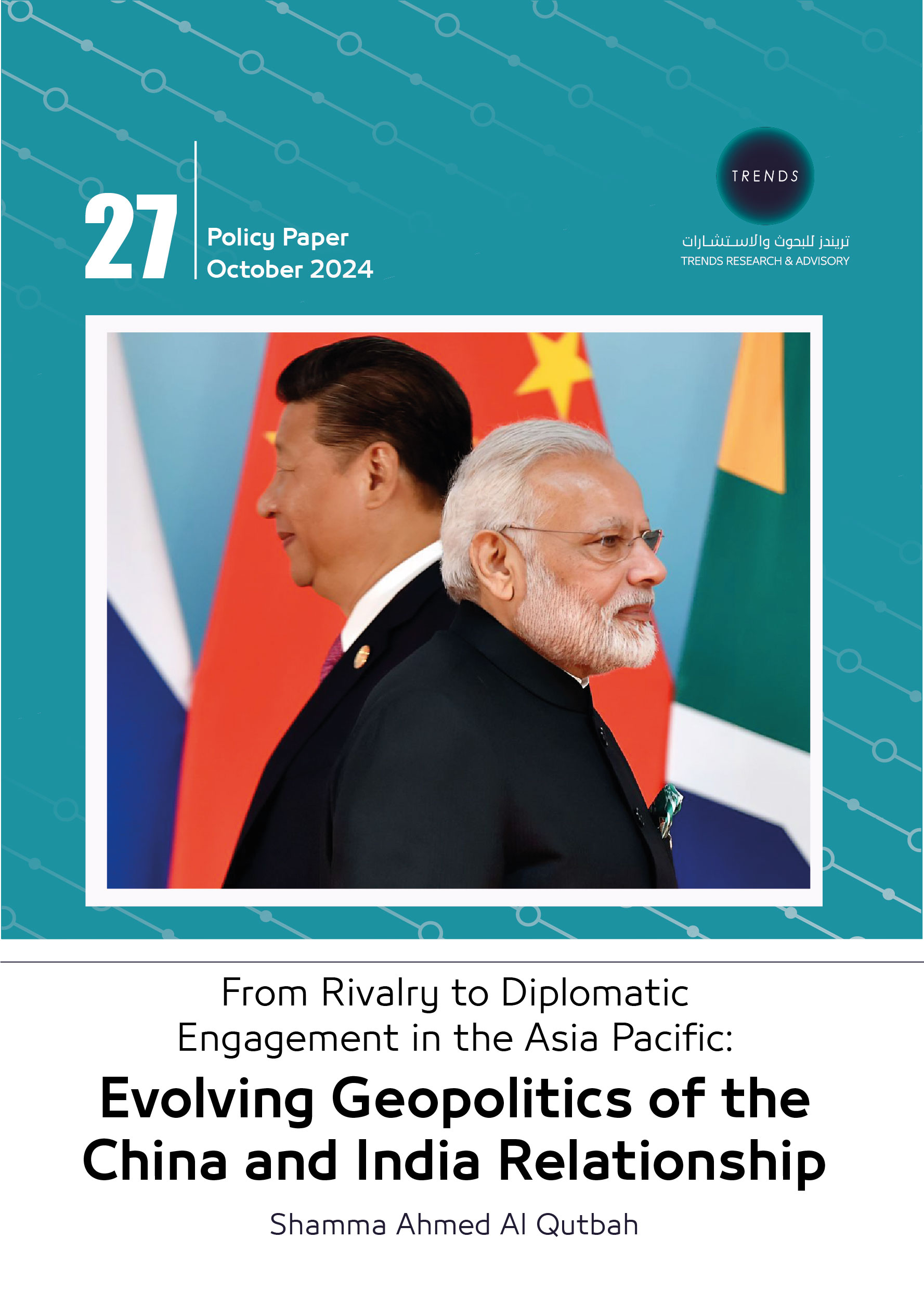Over the course of the 21st century, the Asia-Pacific region has become the power center of global geopolitics. After a roughly 400-year hiatus, the world’s center of gravity has shifted back to this region, leveraging its resources and strategic importance. The region’s contemporary relevance lies in its role as a hub for international commerce, investment, and innovation. It also includes vital sea lanes, such as the South China Sea, which are crucial for global trade and energy transport.
The region has become a key arena for power struggles, especially those involving China and India. Vying for influence over the Asia-Pacific, India, and China have engaged in a complex interplay of strategic alliances and rivalries. Although the two countries’ relationship has been marked previously by periods of shared mutual interests, with cooperations in bilateral, regional, and multilateral forums, they now compete for strategic dominance in the regional order and remain embroiled in border disputes.
Recently, however, diplomatic efforts have introduced a cautious deescalation along their disputed Himalayan border, signaling a potential shift in their bilateral approach. This latest agreement reflects a mutual acknowledgment of the need for stability, even as both nations continue to seek regional influence. Despite these diplomatic overtures, concerns persist on both sides: India remains wary of China’s expanding footprint in the Asia Pacific, and China is closely monitoring India’s rise and its partnerships, especially with the United States (U.S.) and Japan.
This study examines the strategic alliances, territorial conflicts, economic competitiveness, and diplomatic strategies that characterize the China-India relationship, analyzing how these factors shape the regional order. India’s alignment with partners like the U.S. and Japan, and its regional initiatives, contrast with China’s affiliations with Pakistan and ASEAN states, along with its Belt and Road Initiative (BRI). Although recent diplomatic steps toward de-escalation may temper some tensions, underlying the previous territorial disputes in areas like Arunachal Pradesh and Aksai Chin continue to fuel a security conundrum. Given their potential to shape the Asia Pacific’s stability and global geopolitics, understanding these dynamics is crucial for projecting future regional developments.




